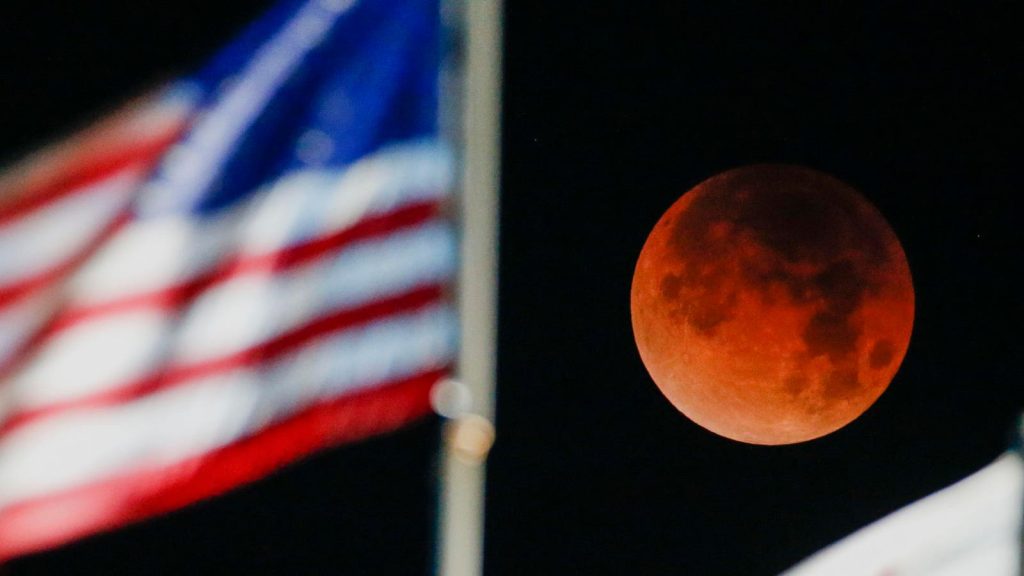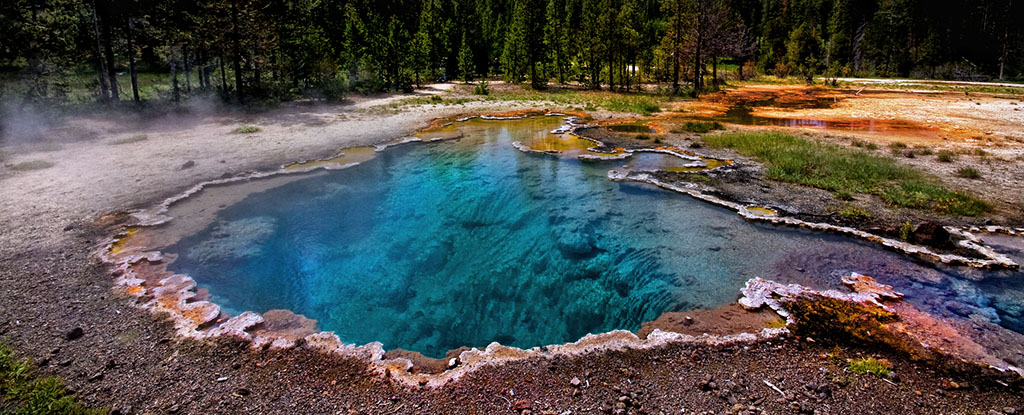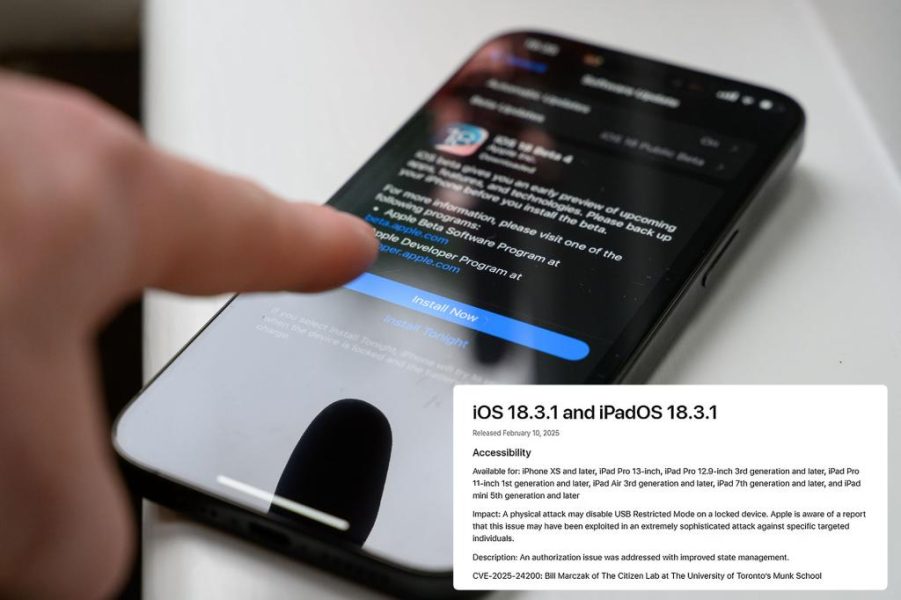Today’s Full Moon Sets Up Rare ‘Blood Moon’ Eclipse For North America – Forbes

The first total lunar eclipse to be visible from North America since 2022 will occur on March 13-14, … [+] 2025. (AP Photo/Ringo H.W. Chiu)When is the “blood moon” total lunar eclipse? The countdown to one of the most exciting events of the stargazing year has begun with the rise today of February’s full moon.Dusk on Wednesday, Feb. 12, 2025 — specifically at moonrise where you are — is when to look to the east for the entrancing sight of the “Snow Moon” appearing on the horizon in a muted orangey light. However, while it will be a spectacular sight in itself, what follows in exactly 29 days — the time it takes for the moon’s phases to go through an entire cycle — March’s full moon promises to be truly spectacular.The first total lunar eclipse to be visible from North America — or anywhere else on Earth — will occur two years, four months and six days after the last one on Nov. 7, 2022.Here’s everything you need to know about this rare and wonderful night sky sight coming in less than a month:It’s the relatively rare occurrence of the full moon passing into Earth’s shadow, with the Earth between the sun and the moon. Moonlight is, of course, reflected sunlight; as the Earth blocks that sunlight from reaching the lunar surface, the once-glaringly bright full moon dulls.At the event’s peak, the only light that can reach the lunar surface is filtered through Earth’s atmosphere. That process scatters short-wavelength blue light, with primarily longer wavelength reddish light reaching the moon. It goes “blood” red (but actually a more pinkish, orangey-reddish color) for between a brief moment and about 100 minutes.An animated map showing where the March 13-14, 2025 lunar eclipse is visible. Contours mark the edge … [+] of the visibility region at eclipse contact times.March’s full moon, the “Worm Moon,” will turn full at 2:56 a.m. EST on Friday, March 14, 2025 — the third and final full moon of winter in the Northern Hemisphere — and shortly after that time, it will travel through Earth’s central umbral shadow in space.The entire event — which sees the moon first pass through Earth’s penumbra (its outer, softer shadow), then becomes partially eclipsed, then enters totality when the entire surface is within the Earth’s umbra. That entire process happens between 03:57 and 10:00 UTC on Friday, March 14, 2025, with totality occurring between 06:26 and 07:31 UTC. That’s a total of 65 minutes.That all-important totality time translates to 2:26 to 3:31 a.m. EDT, 1:26 to 2:31 a.m. CDT and 12:26 to 1:31 a.m. MDT on Friday, March 14, 2025, 11:26 p.m. PDT on Thursday, March 13, 2025, to 12:31 a.m. on Friday, March 14, 2025, and 10:26 p.m. to 11:31 p.m. AKDT and 8:26 p.m. to 9:31 p.m. HST on Thursday, March 13, 2025.The Moon moves right to left, passing through the penumbra and umbra, leaving in its wake an eclipse … [+] diagram with the times at various stages of the eclipse.Unlike a solar eclipse, whose partial phases must be viewed through solar filters and eclipse glasses that block 99.9% of the sun’s harmful UV light, all lunar eclipses are perfectly safe. After all, all you see is reflected light from the sun and, during totality, reflected sunlight filtered by Earth’s atmosphere.There will be a second total lunar eclipse in 2025 (they always come in threes, so a third will occur in March 2026), but it won’t be visible in North America. On Sept. 7-8, 2025, that event will be seen by those in Asia and western Australia.The sun is seen covered by the moon during a partial solar eclipse on January 4, 2011 in Dinslaken, … [+] Germany. (Photo by Lars Baron/Getty Images)Exactly one lunar year after North America’s total solar eclipse on April 8, 2024, another solar eclipse will occur. A lunar year — the time it takes for the moon to complete 12 orbits of Earth — is 354 days, 11 days short of a solar year. A solar eclipse will occur on Saturday, March 29, 2025 — two weeks after North America’s total lunar eclipse. It will be visible from the western Northern Hemisphere, including eastern regions of the U.S. and Canada, where an eclipsed sunrise will be visible.As much as 94% of the sun will be blocked by the moon between 08:50 and 12:43 UTC (4:50 and 8:43 a.m. EDT), though in Europe the event will be a relatively slight event, with only a 30% eclipse viewable from London.Wishing you clear skies and wide eyes.One Community. Many Voices. Create a free account to share your thoughts. Our community is about connecting people through open and thoughtful conversations. We want our readers to share their views and exchange ideas and facts in a safe space.In order to do so, please follow the posting rules in our site’s Terms of Service. We’ve summarized some of those key rules below. Simply put, keep it civil.Your post will be rejected if we notice that it seems to contain:User accounts will be blocked if we notice or believe that users are engaged in:So, how can you be a power user?Thanks for reading our community guidelines. Please read the full list of posting rules found in our site’s Terms of Service.






